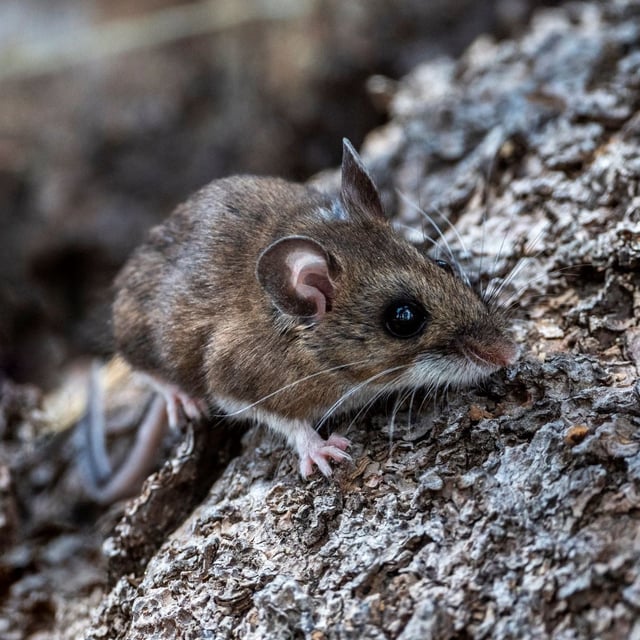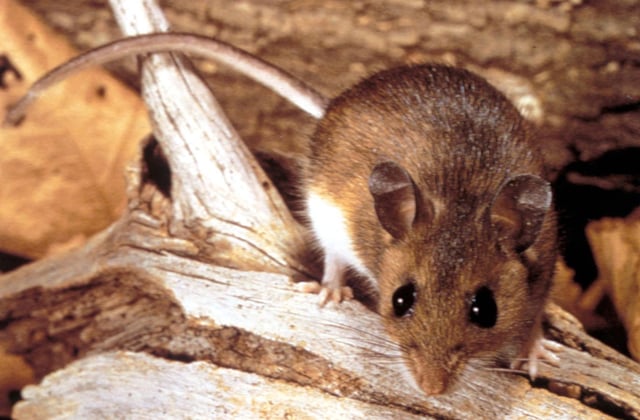Overview
- Three recent hantavirus-related deaths in Mammoth Lakes, California, mark an unusual early outbreak, as cases typically peak in late spring and summer.
- The virus spreads through inhalation of particles from deer mouse urine, droppings, or saliva, with exposure occurring during normal daily activities rather than high-risk behaviors.
- Health officials have noted a rise in deer mouse populations in the Eastern Sierra region, heightening the risk of hantavirus exposure indoors.
- There is no specific antiviral treatment for hantavirus; supportive care, including oxygen therapy and intensive monitoring, remains the primary medical response.
- Public health recommendations include sealing gaps in homes, avoiding actions like sweeping rodent droppings, and using disinfectants to reduce exposure risks.


